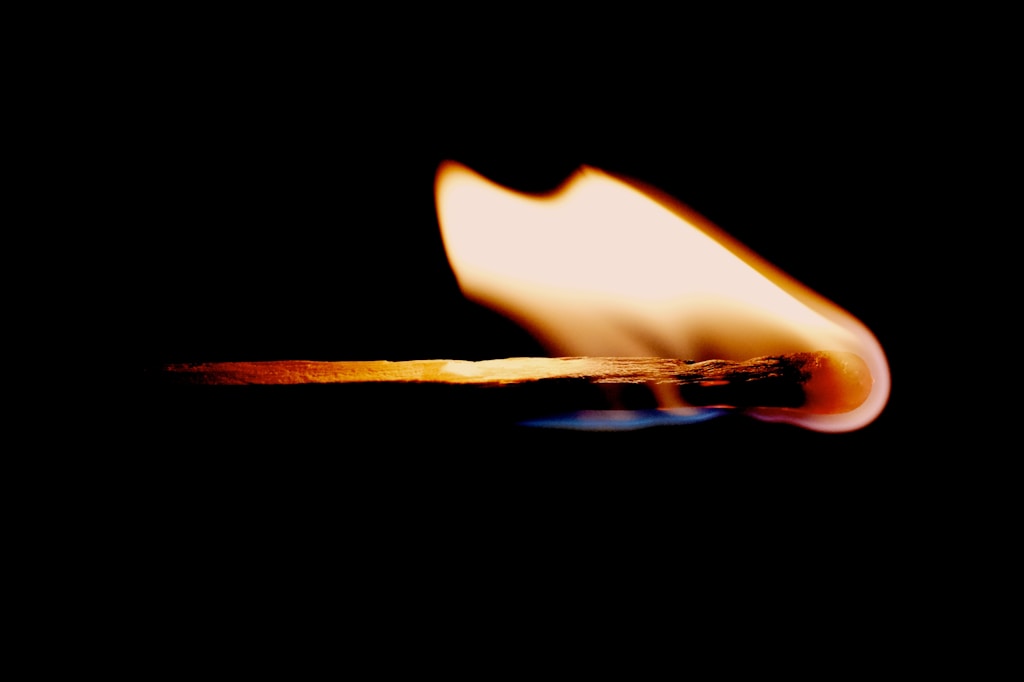Step by step fire risk assessment - what does the assessment process cover?

Fire risk assessment is a key process to protect life and property. It enables potential hazards to be identified and appropriate countermeasures to be implemented to minimise the risk of fire. In the following article, we will outline how a fire risk assessment works step-by-step and what elements are included in the process.
Why is a fire risk assessment important?
Fire risk assessment is crucial to the safety of both commercial and residential buildings. The process identifies potential hazards so that they can be eliminated, thereby reducing the risk of fire. A regular risk assessment is also required by law, and failure to do so can result in penalties and serious legal consequences.
Key steps in the fire risk assessment process
Hazard identification
The first step in a fire risk assessment is to identify any potential sources of fire. These may include electrical equipment, combustible materials or installations that may pose a fire risk. It is also crucial in this phase to identify situations that could lead to the spread of fire.
Assessment of risk groups
The next step is to identify the groups of people who may be at risk in the event of a fire. These may include employees, customers, building occupants and people with reduced mobility. The fire risk assessment also takes into account the specific needs of these groups in order to minimise the danger.
Assessment of existing fire protection measures
The next step is to assess the current fire protection systems and equipment, such as fire extinguishers, smoke detectors, alarms and evacuation systems. It is important that these systems are in good working order and appropriately positioned to provide maximum protection.
Determining the level of risk
Based on the identified hazards and an assessment of the protection measures, a risk level analysis is carried out. The fire risk assessment here takes into account the likelihood of a fire occurring and its potential consequences.
Preventive actions
In this phase, specific actions are identified that can minimise the fire risk. These can range from changes in work organisation to the implementation of additional protection measures, such as upgrading the electrical system or introducing fire training for employees.
Documentation and monitoring
The final step is to produce documentation on the entire fire risk assessment process. It is also important to review and update this documentation on a regular basis. Monitoring allows new risks to be identified on an ongoing basis and potential risks to be addressed immediately.
Step by step fire risk assessment - what does the assessment process cover? - Summary
A fire risk assessment is a process that allows you to effectively protect life and property from the dangers of fire. Each step - from identifying hazards to implementing preventative measures - is designed to minimise risk and ensure safety. Conducting a fire risk assessment on a regular basis is key to effectively managing safety and avoiding potential tragedies.
